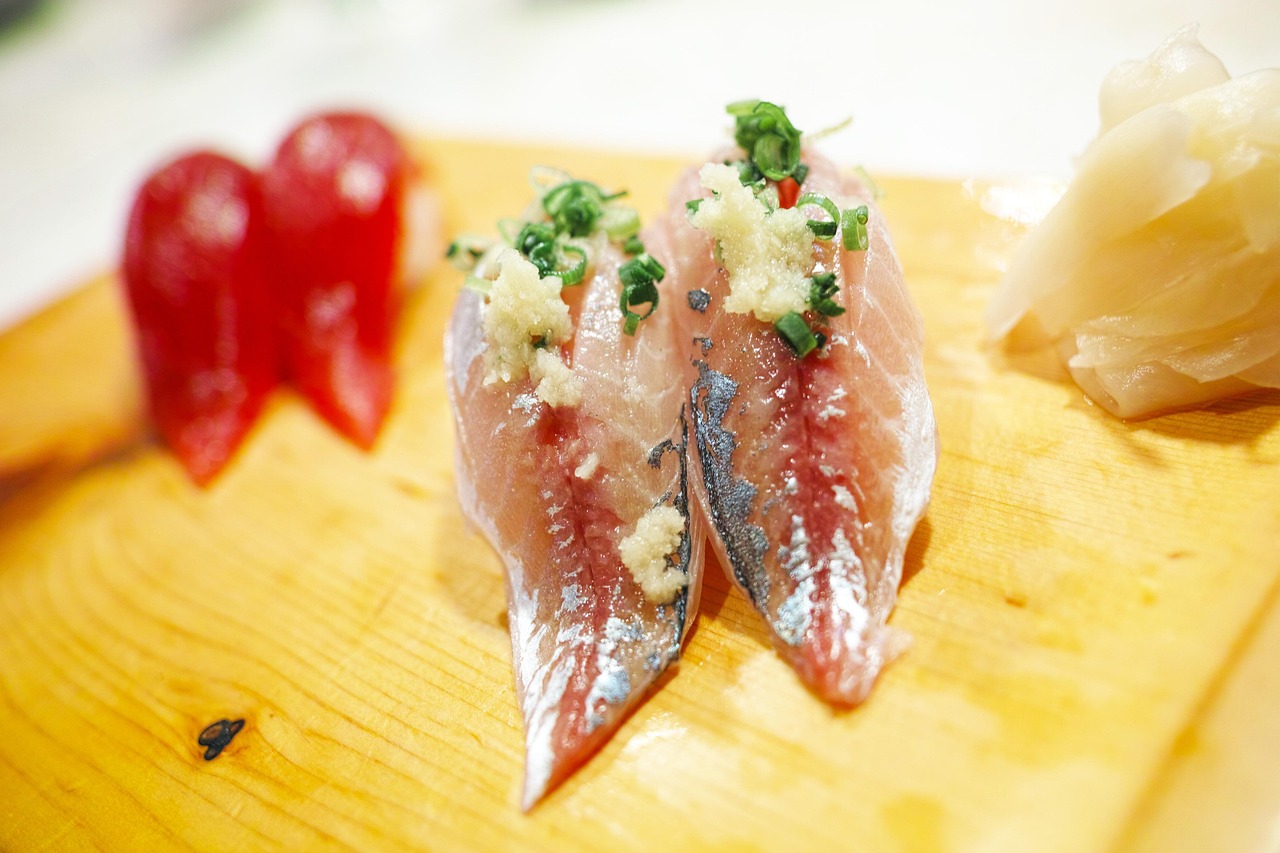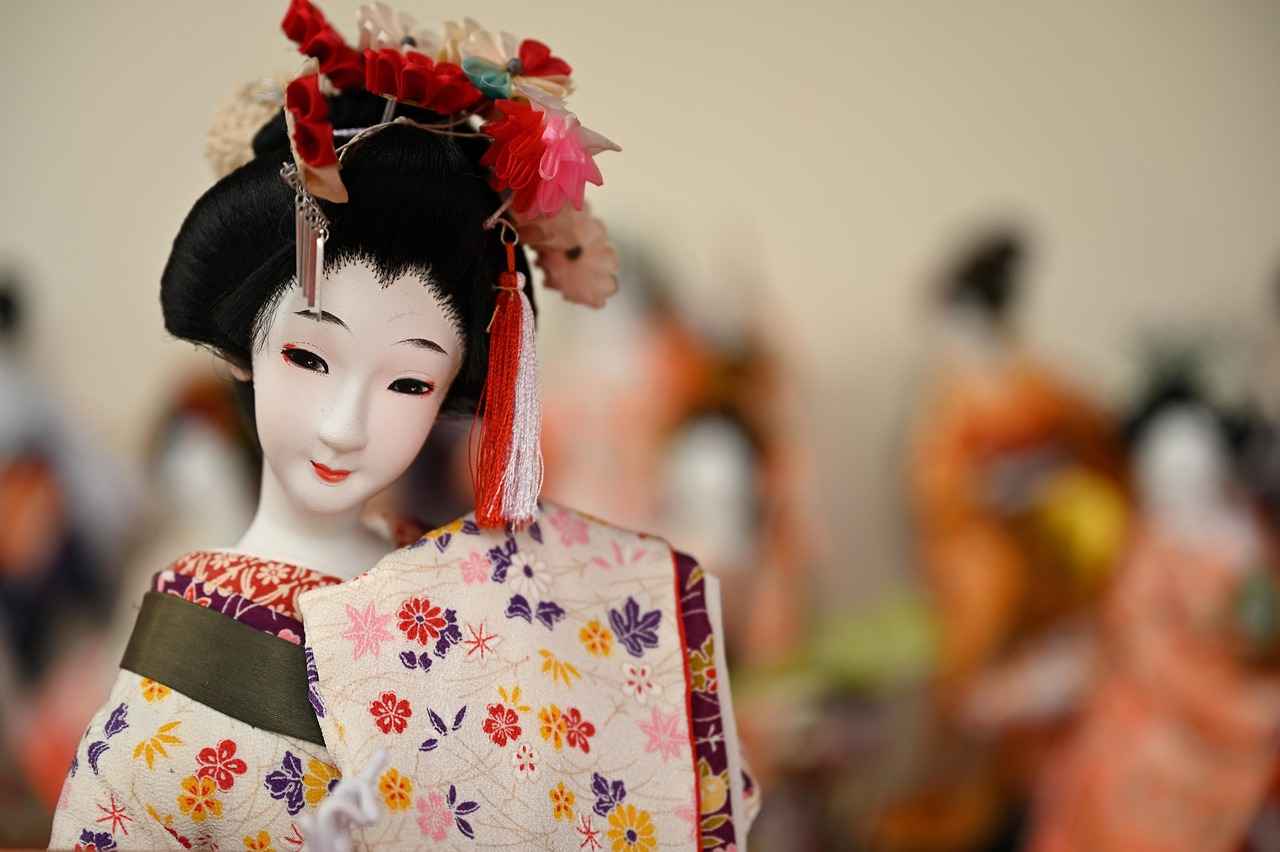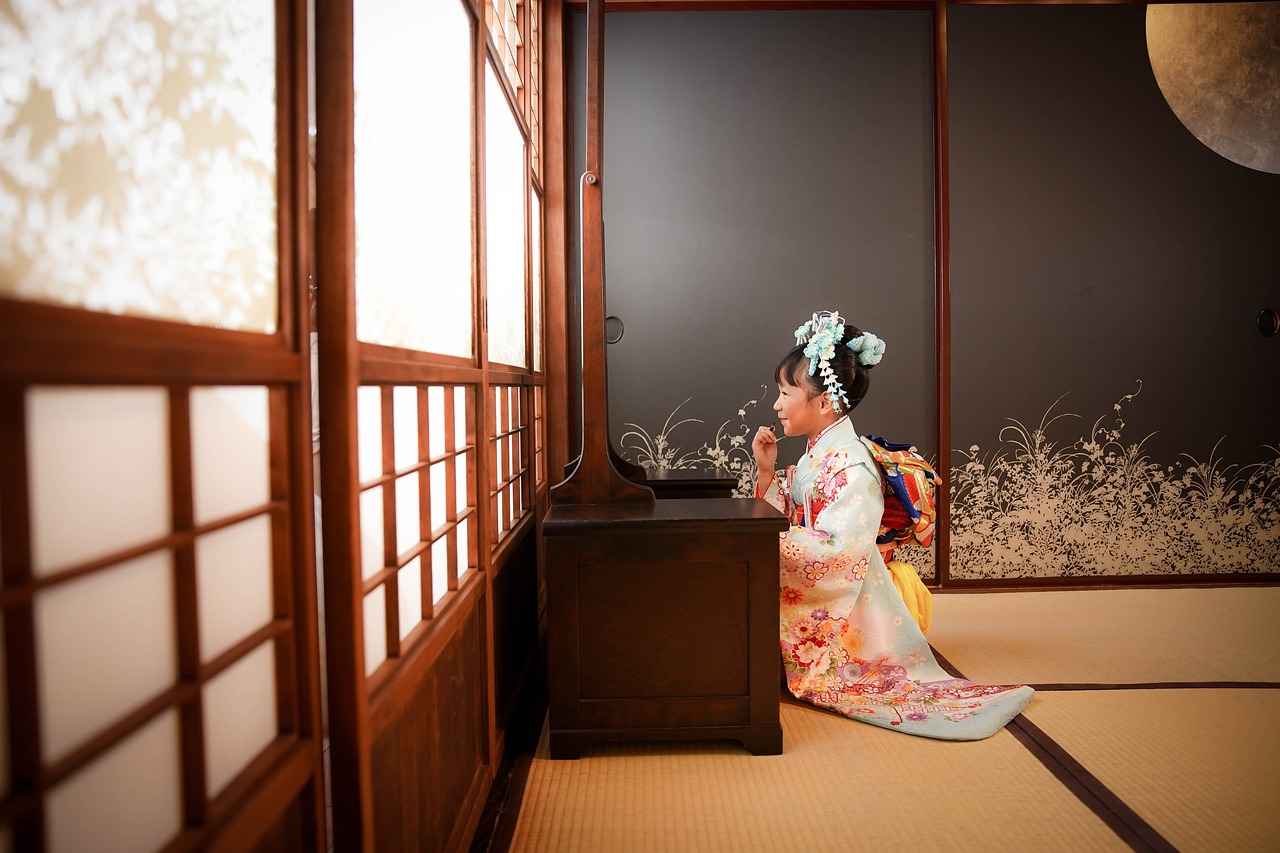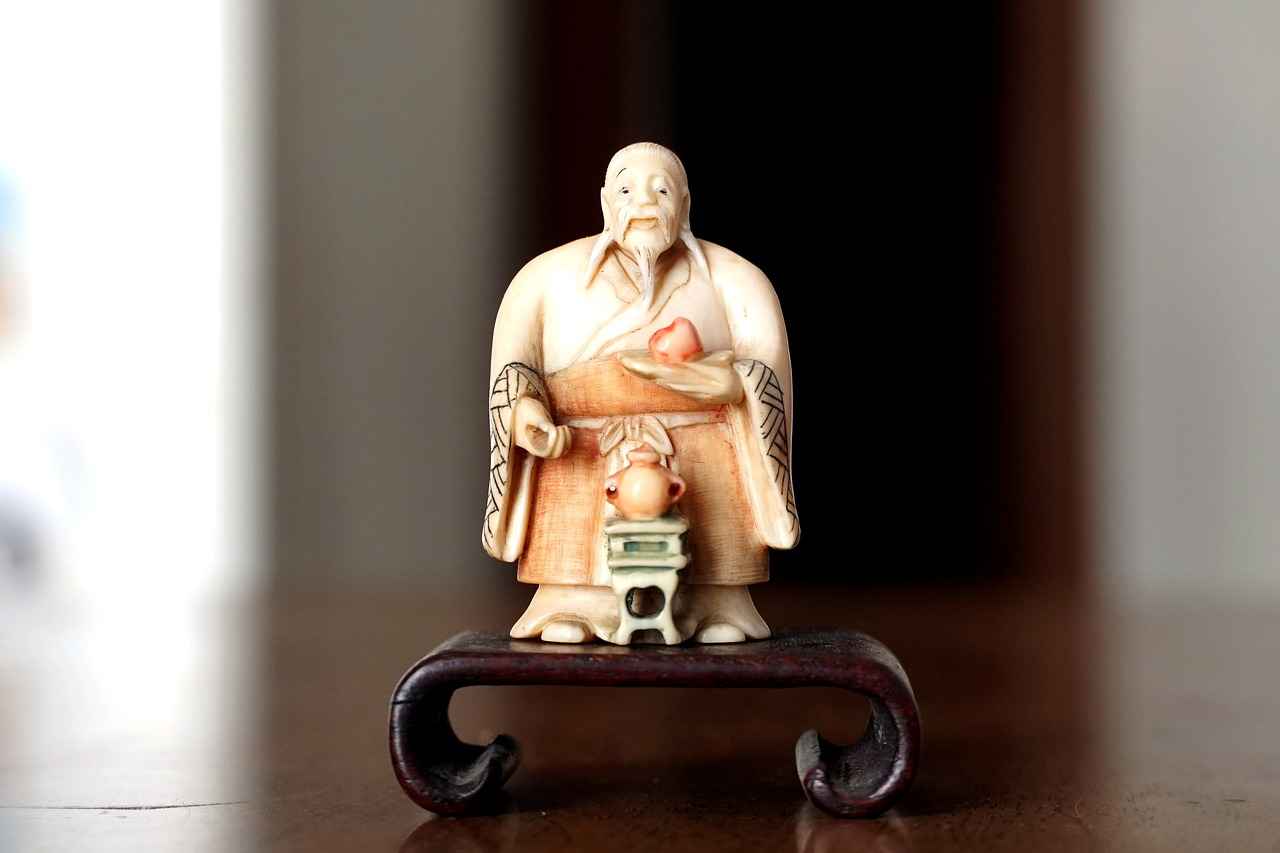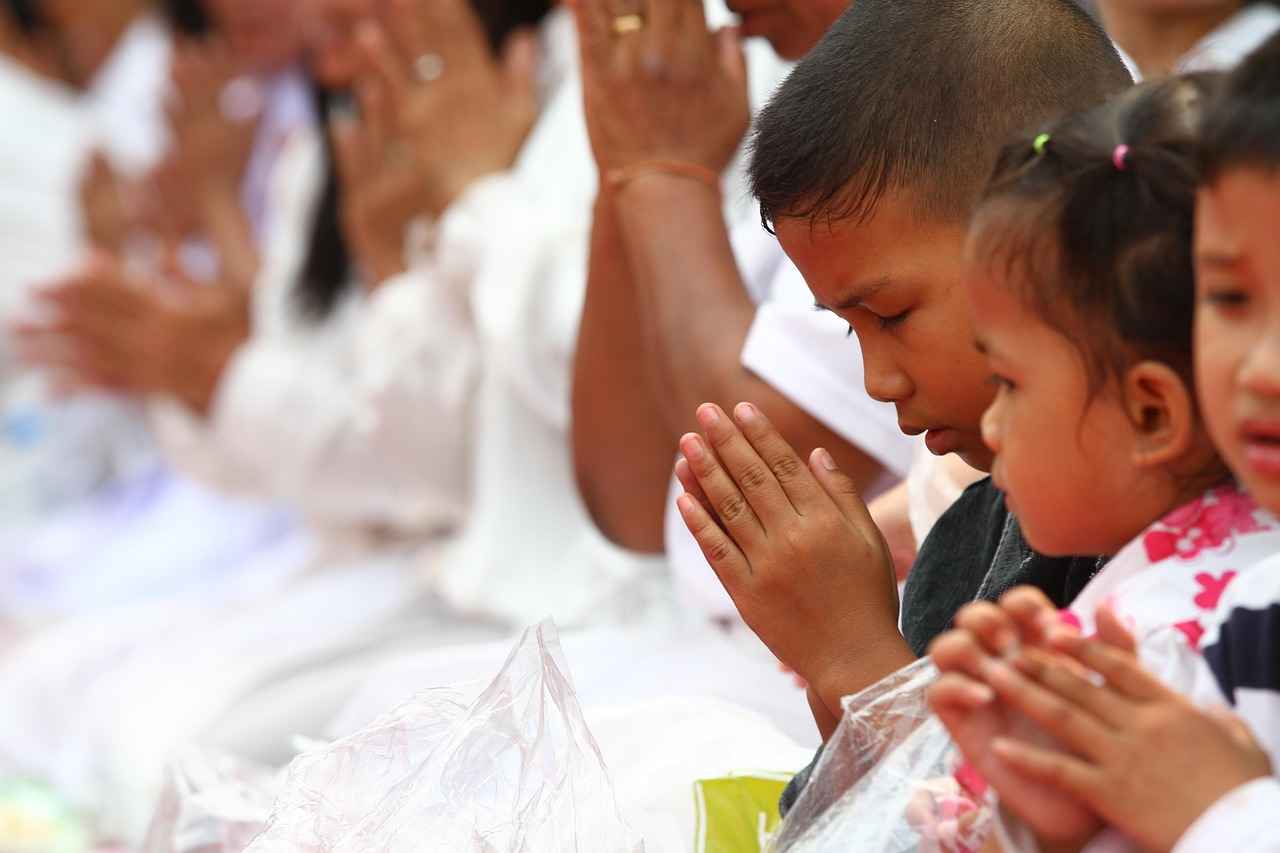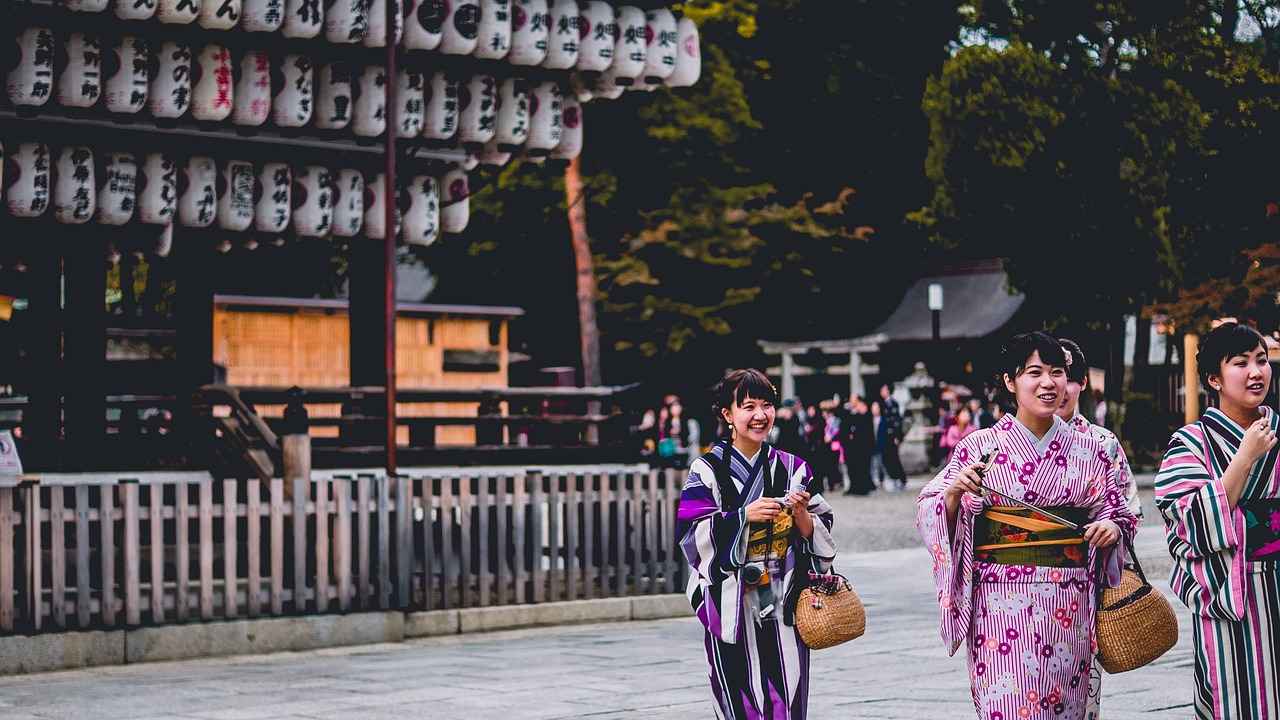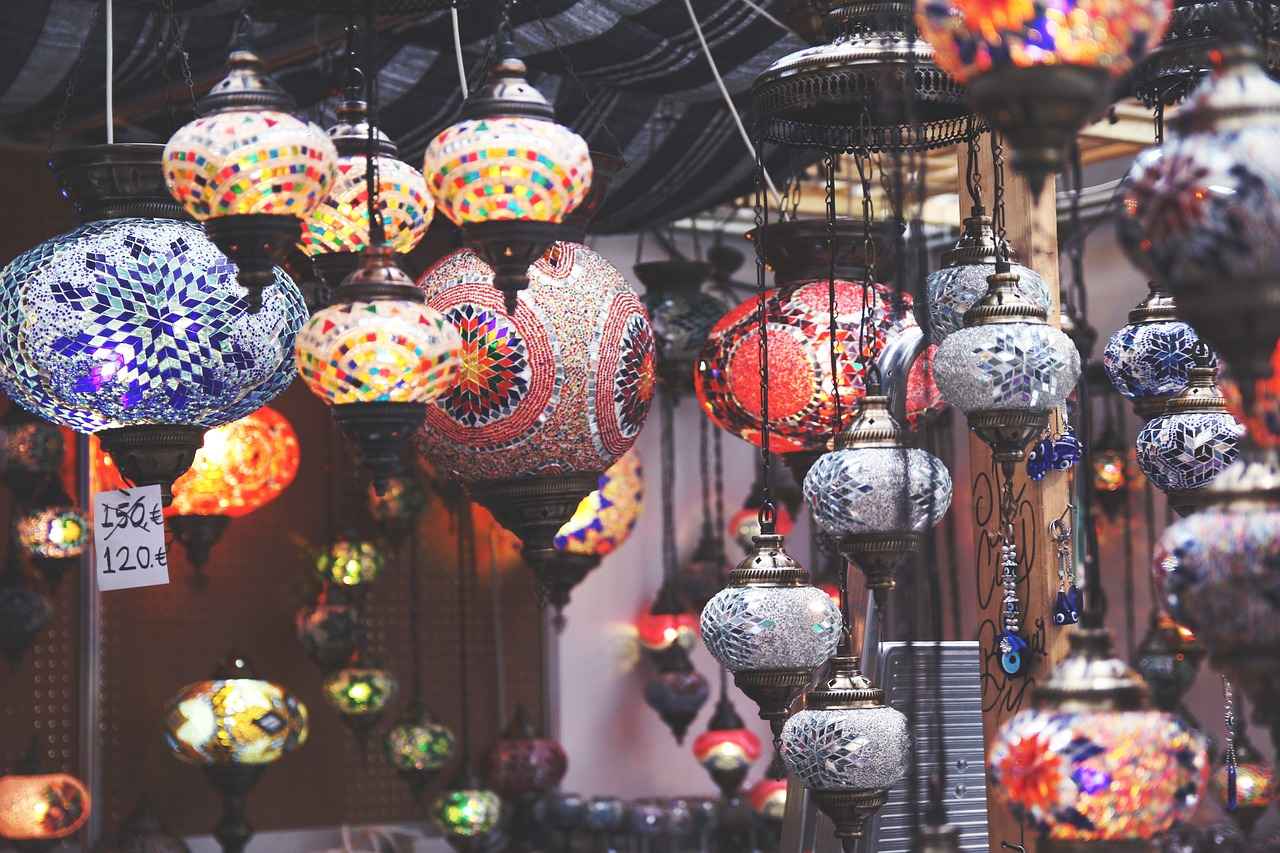This article explores the intricate art of wearing a kimono, focusing on styles, accessories, and cultural significance, providing an in-depth guide for those interested in this beautiful traditional attire.
Understanding the Kimono
The kimono is more than just clothing; it embodies Japanese culture and tradition. The history of the kimono dates back to the Heian period (794-1185), and it has evolved significantly over the centuries. Today, it represents a rich tapestry of cultural heritage, with various styles that reflect different social statuses and occasions.
Types of Kimonos
- Furisode: A formal kimono characterized by long sleeves, typically worn by young unmarried women, often seen during celebrations such as Seijin Shiki (Coming of Age Day).
- Tomesode: A formal kimono with shorter sleeves, usually worn by married women. Its designs often feature intricate patterns that symbolize family lineage.
Choosing the Right Fabric
The fabric of a kimono plays a crucial role in its overall appearance and comfort. Common materials include:
- Silk: Luxurious and traditional, ideal for formal occasions.
- Cotton: More casual and practical for everyday wear.
Essential Accessories for Kimono
Accessories can enhance the beauty of a kimono. Essential items include:
- Obi: The sash that secures the kimono, available in various styles and widths.
- Obijime: A decorative cord that adds elegance.
- Haneri: A collar that can be added for a pop of color.
How to Wear a Kimono Properly
Wearing a kimono correctly requires practice. Follow these steps:
1. Start with the kimono undergarments.2. Wrap the kimono around your body, left side over right.3. Secure with the obi, ensuring a snug fit.4. Adjust the collar and sleeves for a polished look.
Caring for Your Kimono
Proper care is essential for maintaining the beauty of a kimono. Key practices include:
- Cleaning: Use gentle methods to avoid damage.
- Storage: Fold carefully and store in a cool, dry place to prevent creasing.
The Cultural Significance of Kimono
Kimonos hold deep cultural meaning in Japan, often worn during significant life events such as weddings and festivals. They symbolize not only tradition but also personal identity and family heritage.
Conclusion: Embracing the Kimono Tradition
Wearing a kimono is a beautiful way to connect with Japanese culture. Understanding its history and proper wear enhances appreciation for this timeless garment, allowing individuals to embody its elegance and significance.
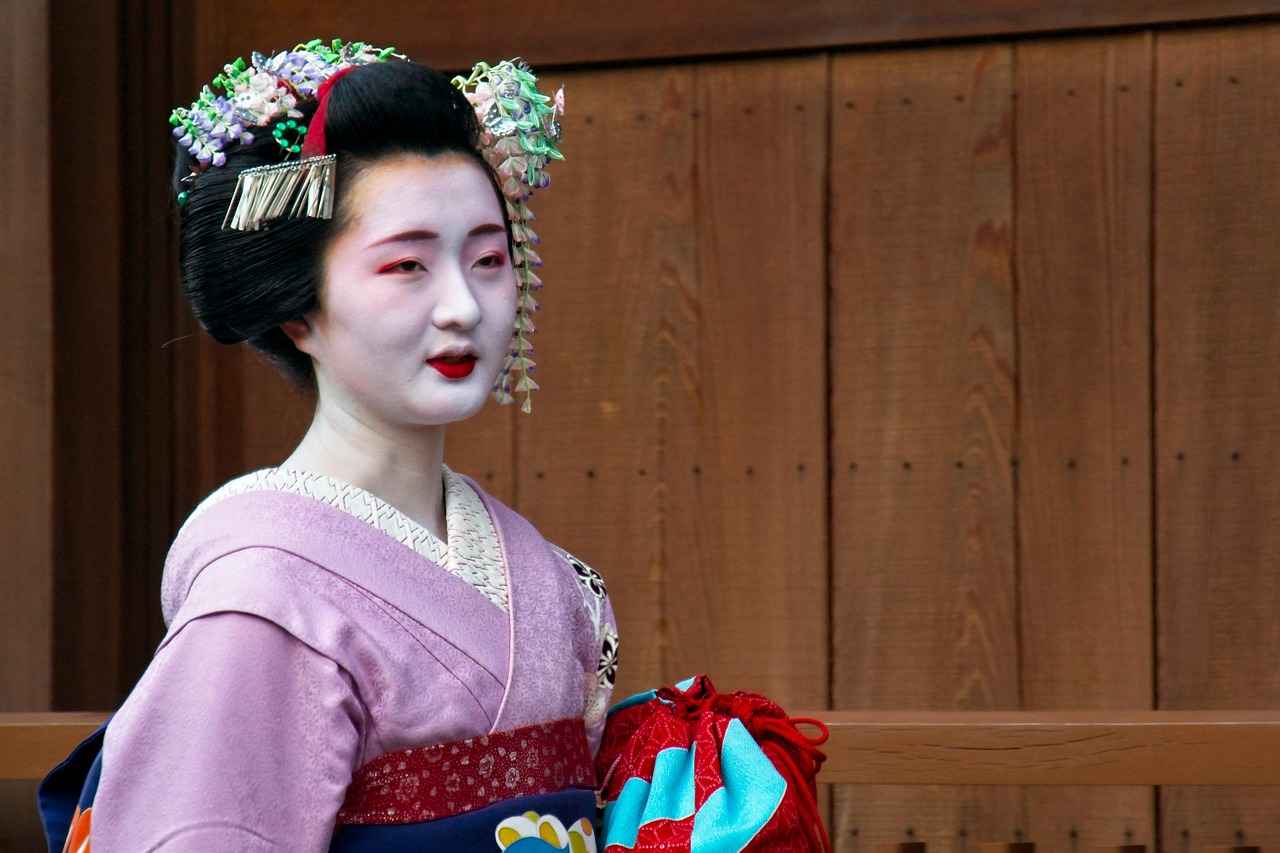
Understanding the Kimono
The kimono is not merely a piece of clothing; it is a profound representation of Japanese culture and tradition. Originating in the Heian period (794-1185), the kimono has evolved through centuries, adapting to changes in society while maintaining its cultural significance. This traditional garment is characterized by its distinctive T-shape and the way it is wrapped around the body, secured with an obi (sash). Each kimono tells a story, with its patterns, colors, and styles reflecting the wearer’s age, marital status, and the occasion for which it is worn.
The importance of the kimono extends beyond aesthetics; it plays a vital role in various Japanese ceremonies and festivals. For instance, kimonos are commonly worn during weddings, coming-of-age ceremonies, and New Year celebrations. The choice of fabric, design, and even the way the kimono is worn can convey deep cultural meanings. Traditional fabrics such as silk are often favored for formal occasions, while cotton kimonos are more practical for everyday wear.
There are several types of kimonos, each designed for specific events. The furisode, with its long sleeves, is typically worn by young, unmarried women during formal gatherings, while the tomesode, with shorter sleeves, is reserved for married women. Understanding these distinctions is crucial for anyone looking to wear a kimono, as it ensures respect for the traditions associated with this beautiful garment.
In conclusion, the kimono is a living symbol of Japanese heritage, embodying the values, artistry, and history of the nation. Whether worn during significant life events or appreciated as a work of art, the kimono remains an essential aspect of Japan’s cultural identity.

Types of Kimonos
Kimonos are an integral part of Japanese culture, showcasing a rich tapestry of history and tradition. They come in a variety of styles, each designed for specific occasions and embodying unique characteristics. In this section, we will explore the main types of kimonos, highlighting their distinctive features and appropriate uses.
| Type of Kimono | Features | Occasions |
|---|---|---|
| Furisode | Characterized by long sleeves, vibrant colors, and elaborate designs. | Worn by young unmarried women at formal events such as weddings and ceremonies. |
| Tomesode | Features shorter sleeves and is often adorned with subdued colors and patterns. | Typically worn by married women at formal gatherings and family events. |
| Yukata | A casual summer kimono made of cotton, often featuring colorful prints. | Commonly worn at summer festivals and casual outings. |
| Hifu | A sleeveless kimono, often worn over other garments for warmth. | Suitable for informal occasions and seasonal celebrations. |
Each type of kimono serves a unique purpose and reflects the wearer’s social status, age, and the occasion at hand. The Furisode, for instance, is a symbol of youth and is often associated with significant life milestones, while the Tomesode signifies maturity and is reserved for married women. Understanding these distinctions is essential for anyone looking to appreciate the beauty and significance of this traditional attire.
Whether you are attending a wedding, a traditional festival, or simply exploring the cultural landscape of Japan, choosing the right kimono is crucial. This not only enhances your experience but also pays homage to the rich heritage that these garments represent.
Furisode
is a stunning and formal type of kimono that is easily recognized by its long, flowing sleeves. Traditionally worn by young unmarried women, the furisode symbolizes youth and vitality in Japanese culture. This garment is not just a piece of clothing; it is a representation of cultural heritage and personal expression.
The design of a furisode is intricate and often features vibrant colors and elaborate patterns. Common motifs include floral designs, seasonal elements, and traditional symbols that hold significant meaning. The long sleeves of the furisode can reach up to 100 cm in length, which adds to its elegance and grace when worn. The fabric is typically made from luxurious materials like silk, enhancing its beauty and making it suitable for special occasions.
Furisode is traditionally worn during important life events such as coming-of-age ceremonies, weddings, and formal celebrations. The Seijin Shiki, or Coming of Age Day, is one of the most significant occasions for young women to don a furisode, marking their transition into adulthood. Additionally, many women choose to wear this kimono style during their wedding ceremonies, often paired with exquisite accessories to complete the look.
Occasions for wearing a furisode extend beyond personal milestones. It is also common to see furisode worn during traditional festivals and formal gatherings, showcasing the wearer’s appreciation for Japanese culture and aesthetics. The choice of colors and patterns can vary based on the season and the specific event, allowing for a personal touch while adhering to cultural norms.
In conclusion, the furisode is more than just a kimono; it is a vibrant piece of cultural identity that reflects the beauty of Japanese tradition. Whether worn during significant life events or cultural celebrations, the furisode continues to hold a cherished place in the hearts of many, embodying elegance, youth, and the rich tapestry of Japanese heritage.
Tomesode
is a formal kimono that holds a special place in Japanese culture, particularly among married women. This exquisite garment is characterized by its shorter sleeves, which distinguish it from other types of kimonos, such as the Furisode worn by unmarried women. The design of the Tomesode is not only elegant but also rich in symbolism, making it a popular choice for significant occasions.
The styles of Tomesode vary, with two primary categories: Kuro-Tomesode and Iro-Tomesode. Kuro-Tomesode is typically black and features intricate patterns that often represent auspicious symbols, while Iro-Tomesode comes in various colors and is usually worn for celebrations. The choice of color and pattern can convey different meanings, reflecting the wearer’s marital status and the occasion.
Patterns on the Tomesode are significant; they often include motifs such as chrysanthemums, plum blossoms, and cranes, each symbolizing different virtues such as longevity, resilience, and happiness. The placement of these patterns can also be indicative of the formality of the event, with more elaborate designs reserved for weddings and formal ceremonies.
When choosing a Tomesode, it is essential to consider the fabric and accessories that complement the garment. Traditionally, silk is favored for its luxurious feel and drape, while cotton may be used for less formal occasions. Accessories such as the obi (sash) and obijime (decorative cord) play a crucial role in completing the look, enhancing the overall elegance of the attire.
In conclusion, the Tomesode is more than just a piece of clothing; it is a representation of cultural heritage and personal expression. Understanding its styles, patterns, and significance allows wearers to appreciate the beauty and tradition behind this iconic garment.

Choosing the Right Fabric
for your kimono is essential not only for aesthetics but also for comfort throughout different seasons. The fabric significantly influences how a kimono drapes, feels, and looks, making it crucial to understand the various materials available.
Traditionally, kimonos are made from a variety of fabrics, each serving a specific purpose and occasion. Below, we explore some common materials used in kimono production and their appropriateness for different seasons.
| Fabric Type | Characteristics | Best Seasons |
|---|---|---|
| Silk | Luxurious, smooth, and breathable; offers a beautiful sheen. | Spring, Summer, and Fall |
| Cotton | Casual, lightweight, and easy to care for; ideal for everyday wear. | Summer |
| Wool | Warm and durable, providing excellent insulation. | Winter |
| Polyester | Affordable, versatile, and resistant to wrinkles; can mimic silk. | Year-round |
When selecting a fabric, consider the occasion. For formal events, silk is often preferred due to its elegance and traditional associations. In contrast, cotton kimonos are perfect for casual outings or festivals, offering comfort in warmer weather.
Additionally, the season plays a pivotal role in fabric choice. Lighter fabrics such as cotton or silk are ideal for summer, allowing for breathability, while heavier materials like wool are suited for winter, providing warmth and comfort.
In conclusion, understanding the various fabrics available for kimonos can help you make an informed decision that balances both style and comfort, ensuring you feel your best in this beautiful traditional attire.
Silk vs. Cotton
Silk and Cotton are two of the most popular fabrics used in kimonos, each offering unique characteristics and benefits that cater to different preferences and occasions. Understanding the differences between these two materials can significantly influence your choice when selecting a kimono.
Silk is often regarded as the epitome of luxury. Its smooth texture and natural sheen make it a favored choice for formal occasions. Traditionally, silk kimonos are worn during significant events such as weddings and festivals, where elegance is paramount. The fabric drapes beautifully, enhancing the wearer’s silhouette and providing a sense of refinement. However, silk requires careful handling; it is less durable than cotton and can be sensitive to moisture and stains. Therefore, it is essential to consider the occasion and environment when choosing a silk kimono.
On the other hand, Cotton is celebrated for its practicality and comfort. It is a more casual fabric that is often used for everyday wear or during the warmer months. Cotton kimonos are lightweight, breathable, and easy to care for, making them suitable for various activities, from casual gatherings to outdoor events. Additionally, cotton is more durable and less prone to damage, which makes it an excellent choice for those who may not want to invest in high-maintenance garments.
When deciding between silk and cotton, consider factors such as occasion, comfort, and care requirements. For formal events, silk may be the preferred option, while cotton can be an ideal choice for casual wear. Ultimately, both fabrics offer their unique charm, allowing you to express your personal style while embracing the beauty of traditional Japanese attire.
| Feature | Silk | Cotton |
|---|---|---|
| Texture | Smooth and luxurious | Soft and breathable |
| Durability | Less durable | Highly durable |
| Care | Requires special care | Easy to wash and maintain |
| Occasion | Formal events | Casual and everyday wear |
Seasonal Fabrics
play a vital role in the comfort and aesthetic appeal of kimonos. Understanding which materials are best suited for summer and winter can enhance your overall experience and ensure that you look your best regardless of the season.
During the summer months, lightweight and breathable fabrics are essential. The most popular choices include:
- Cotton: This fabric is highly favored for summer kimonos due to its breathability and ease of maintenance. Cotton kimonos are comfortable and often feature vibrant prints, making them perfect for casual outings or festivals.
- Linen: Another excellent summer option, linen is known for its ability to wick moisture away from the body. It has a natural texture that adds a rustic charm to the kimono, making it suitable for both casual and semi-formal events.
- Chiffon: For a more elegant look, chiffon kimonos are a great choice. They are lightweight and flowy, providing a graceful silhouette that is perfect for summer evenings or special occasions.
As the temperature drops in winter, heavier fabrics become necessary to provide warmth and comfort. Some popular winter kimono fabrics include:
- Silk: Renowned for its luxurious feel, silk is a traditional choice for winter kimonos. It offers both warmth and elegance, making it ideal for formal events. However, it requires careful handling and cleaning.
- Wool: Wool kimonos are less common but provide excellent insulation. They are perfect for colder climates and can be styled in various ways to keep you warm while looking chic.
- Heavy Cotton: This fabric offers durability and warmth, making it suitable for winter wear. Heavy cotton kimonos often come in darker colors and richer patterns, perfect for the season.
In conclusion, selecting the right fabric for your kimono based on the season is crucial for both comfort and style. By choosing materials that align with the weather, you can ensure that your kimono experience is enjoyable and fashionable throughout the year.
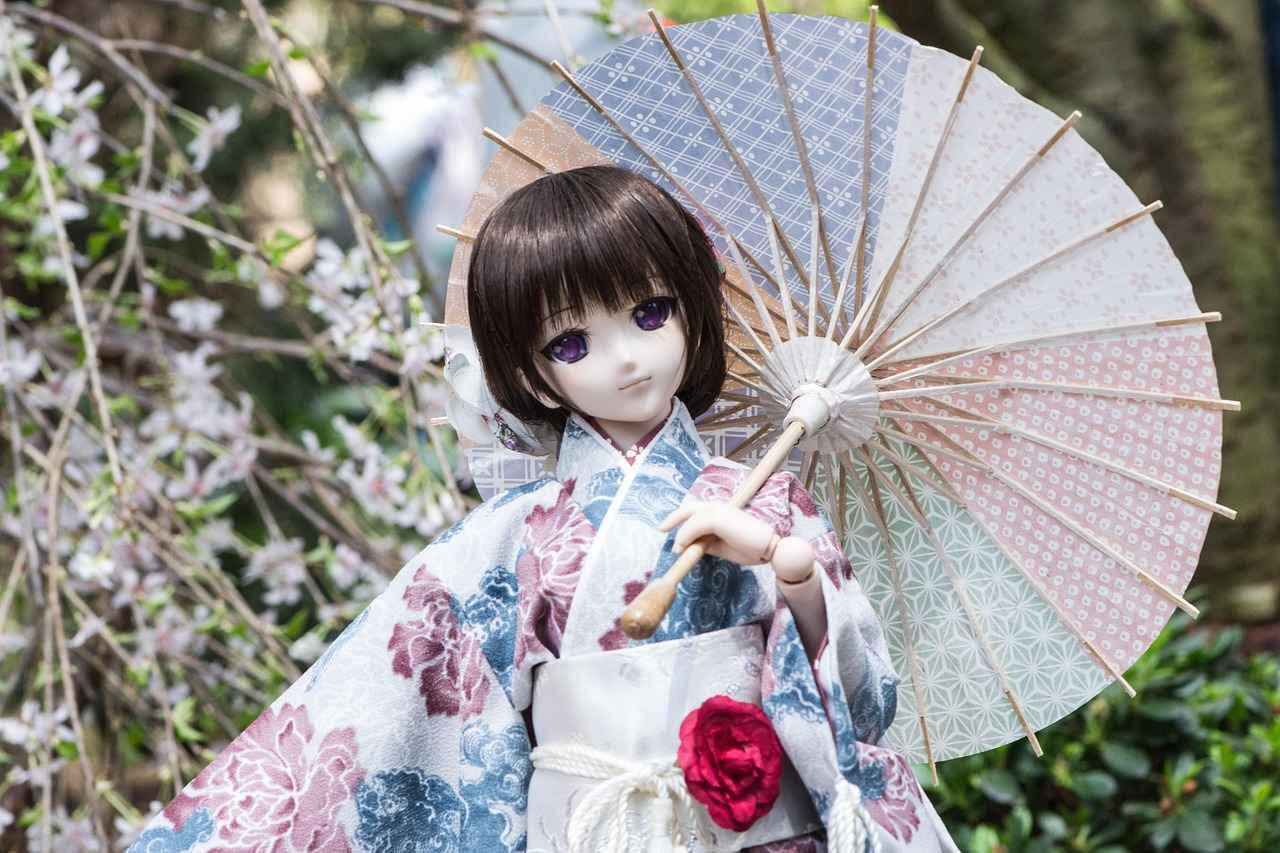
Essential Accessories for Kimono
When it comes to wearing a kimono, the right accessories can significantly enhance its beauty and overall presentation. Understanding the essential items such as obi, obijime, and haneri is crucial for achieving an authentic look. This section will explain the roles of these accessories and provide tips on how to choose them effectively.
| Accessory | Role | Choosing Tips |
|---|---|---|
| Obi | The obi is a wide sash that secures the kimono and adds visual interest. | Consider the kimono’s color and occasion; formal kimonos often pair with ornate obis. |
| Obijime | A decorative cord that ties around the obi, adding elegance. | Select a contrasting color to the obi for a striking effect. |
| Haneri | A detachable collar that enhances the neckline of the kimono. | Choose a haneri that complements the kimono’s color scheme. |
The obi is perhaps the most significant accessory, serving not only a functional purpose but also contributing to the aesthetic appeal of the outfit. It can be found in various styles, such as fukuro obi for formal occasions or hanhaba obi for more casual settings. The choice of obi can set the tone for the entire outfit.
The obijime is often overlooked, yet it plays a vital role in completing the look. This decorative cord can come in various materials and designs, allowing for personalization. When selecting an obijime, consider the harmony it creates with the obi and kimono.
Lastly, the haneri not only serves a practical purpose by protecting the kimono from sweat but also adds a layer of detail to the neckline. A well-chosen haneri can bring a fresh twist to a classic kimono.
In conclusion, understanding the roles of these essential accessories will help you create a cohesive and beautiful kimono ensemble. By carefully selecting each piece, you can enhance the elegance of your kimono and express your personal style.
Choosing the Right Obi
is essential for completing the look of your kimono. The obi, a wide sash, not only serves a functional purpose in holding the kimono together but also adds a touch of elegance and style to your outfit. This section will explore various styles of obi, tying techniques, and tips for selecting the perfect obi to complement your kimono.
The obi comes in several styles, each with its own unique characteristics:
- Fukuro Obi: A formal obi that is often made of luxurious fabric, typically used for special occasions.
- Haneri Obi: This is a simpler, more casual obi suitable for everyday wear.
- Maru Obi: A wide, formal obi that is often used with a furisode, known for its elaborate designs.
- Hanhaba Obi: A half-width obi that is more casual and easier to tie, making it popular for younger wearers.
When it comes to tying techniques, there are several methods to secure your obi, each offering a different aesthetic. The most common styles include:
- Otaiko Musubi: A classic knot that creates a flat, elegant bow, perfect for formal occasions.
- Chōchō Musubi: A more playful and intricate bow, often chosen for festive events.
- Yamagata Musubi: A simple knot that is practical for daily wear, offering comfort and ease.
When selecting the right obi for your outfit, consider the following:
- Color Coordination: Choose an obi that complements the colors of your kimono.
- Occasion: Match the formality of the obi with the event you are attending.
- Personal Style: Select a design that reflects your personality and taste.
In conclusion, the obi is a vital accessory that enhances the beauty of a kimono. By understanding the different styles and tying techniques, as well as considering factors like color and occasion, you can choose the right obi that not only fits your outfit but also expresses your individuality.
Jewelry and Footwear
Selecting the right jewelry and footwear can significantly enhance your kimono look, adding a touch of elegance and personal style. The accessories you choose should not only complement your outfit but also reflect the occasion and your personality. Here are some essential tips to guide you in making the best choices.
- Jewelry Selection: When it comes to jewelry, less is often more. Opt for pieces that are subtle yet striking. Traditional options like pearls or gold can beautifully complement the intricate designs of your kimono. Avoid overly flashy items that may distract from the kimono itself.
- Footwear Choices: The right footwear is crucial for achieving a harmonious look. Geta and zori are traditional Japanese sandals that pair well with kimonos. Geta, with its elevated wooden base, offers a unique aesthetic, while zori provides comfort and elegance. Choose a pair that matches the formality of your kimono.
- Color Coordination: Pay attention to the color palette of your kimono. Select accessories that either match or create a pleasing contrast with your outfit. For example, if your kimono features soft pastels, consider jewelry in similar shades or delicate metallics that enhance rather than overpower.
- Occasion Considerations: Always consider the event you are attending. For formal occasions, opt for more refined and understated jewelry, while casual gatherings allow for a bit more creativity and flair.
- Comfort and Fit: Ensure that your footwear is comfortable, especially if you’ll be wearing it for extended periods. The right fit is essential for maintaining your poise and confidence while dressed in a kimono.
In conclusion, choosing the right jewelry and footwear can elevate your kimono ensemble, making you feel more confident and stylish. By considering factors such as style, color, and occasion, you can create a cohesive and beautiful look that pays homage to this cherished tradition.
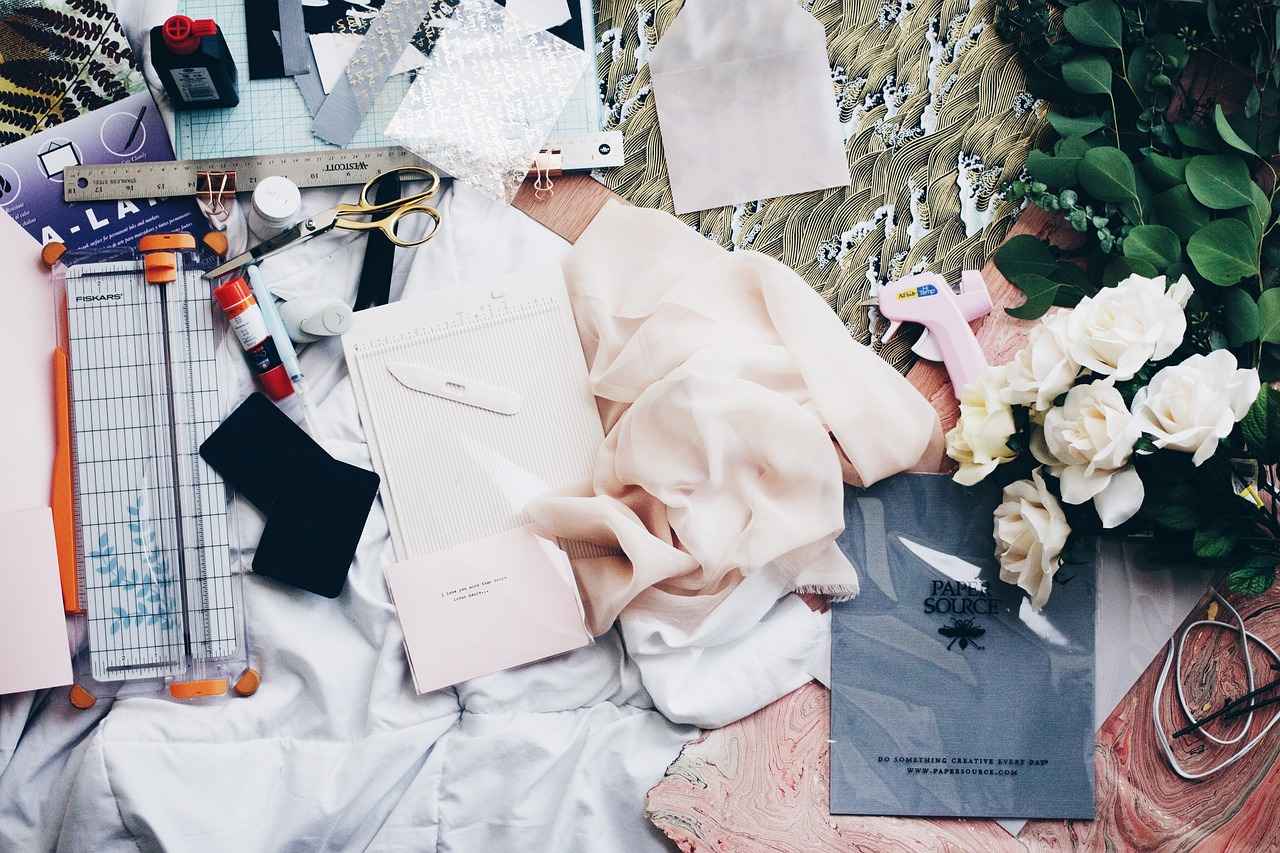
How to Wear a Kimono Properly
Wearing a kimono is a beautiful expression of Japanese culture, but it requires practice and a keen eye for detail. This guide will walk you through the step-by-step process of donning a kimono, ensuring you achieve a polished appearance that honors this traditional garment.
To start, it is essential to wear the right undergarments. Begin with a kimono undergarment called a ‘hadajuban’ and a ‘susoyoke’ to create a smooth silhouette. These pieces will help prevent the kimono from clinging to your body and will keep you comfortable.
- Step 1: Put on the hadajuban.
- Step 2: Wear the susoyoke around your waist.
Next, it’s time to put on the kimono itself. Hold the kimono by the shoulders and slip it over your arms. Make sure the back is straight and the front panels overlap correctly. The left panel should always go over the right, as the opposite is reserved for the deceased.
- Step 3: Adjust the length so that the hem falls just above your ankles.
- Step 4: Use a obi (sash) to secure the kimono at the waist. Make sure it sits comfortably and is tied securely.
After securing the obi, make final adjustments to ensure the kimono is evenly distributed. Check that the sleeves are not bunched up and that the collar sits neatly around your neck.
- Step 5: Tuck in any excess fabric at the waist.
- Step 6: Ensure the kimono is smooth and free of wrinkles.
Finally, accessorize your look with appropriate items like a haneri (collar), obijime (decorative cord), and suitable footwear. These accessories will enhance your overall appearance and complete the traditional look.
In conclusion, wearing a kimono properly is an art that combines tradition with personal style. With patience and attention to detail, you can master this elegant attire and appreciate its cultural significance.
Step-by-Step Dressing Guide
Dressing in a kimono is an elegant process that requires attention to detail and respect for tradition. Here, we provide a comprehensive guide to help you navigate the steps involved in wearing a kimono, ensuring you achieve a perfect fit and look.
- Prepare Your Undergarments: Begin by wearing a kimono undergarment called a hadajuban (a cotton garment) and a susoyoke (a type of skirt). These layers help protect the kimono fabric and provide a smooth base.
- Put on the Kimono: Carefully slip into the kimono, ensuring it is wrapped around your body with the left side over the right. This is crucial, as the opposite is reserved for funerals.
- Adjust the Length: Hold the kimono at the waist and adjust the length to ensure it falls gracefully above your ankles. This step is essential for a polished look.
- Secure with a Haneri: Attach a haneri (collar) to the kimono to add an extra layer of elegance. Ensure it is aligned properly for a neat appearance.
- Wrap the Obi: The obi is a wide belt that secures the kimono. Wrap it around your waist, positioning it just above your natural waistline. Tie it in a bow at the back, ensuring it is tight enough to hold the kimono in place.
- Final Adjustments: Make any necessary adjustments to the kimono’s sleeves and hem. Ensure that the collar sits comfortably around your neck and that the overall silhouette is flattering.
- Accessorize: Complete your look with appropriate accessories such as obiage (obi scarf) and obijime (obi cord) to enhance the overall aesthetic.
By following these steps carefully, you can embrace the beauty of wearing a kimono, showcasing its elegance and cultural significance. Each layer and accessory plays a vital role in achieving the perfect ensemble.
Common Mistakes to Avoid
Common Mistakes to Avoid When Wearing a KimonoWearing a kimono can be a beautiful expression of culture and tradition, but even experienced wearers can fall into common pitfalls. Understanding these mistakes is essential for achieving a flawless appearance. Below are some of the most frequent errors and tips on how to avoid them:
- Incorrect Obi Tying: One of the most critical aspects of kimono wear is the obi. Many wearers struggle with tying it correctly, leading to an unbalanced or awkward look. Always practice the tying technique before the occasion.
- Improper Undergarments: The layers beneath your kimono matter. Wearing the wrong undergarments can disrupt the silhouette. Opt for a kimono undergarment designed to provide a smooth base.
- Ignoring Seasonal Fabrics: Choosing the wrong fabric for the season can lead to discomfort. For summer, select lightweight materials like cotton, while winter calls for warmer fabrics like silk.
- Neglecting Accessories: Accessories like obijime and haneri are not just decorative; they complete the look. Ensure these are chosen thoughtfully to complement your kimono.
- Improper Length: The length of the kimono should be appropriate for your height. A kimono that is too long or too short can look unflattering. Always try on different lengths to find the perfect fit.
- Forgetting to Adjust: After dressing, take a moment to adjust your kimono. Ensure that the sleeves fall correctly and the overall drape is flattering. A quick mirror check can make a significant difference.
By being aware of these common mistakes and taking the necessary precautions, you can wear your kimono with confidence and grace. Remember, the key to a beautiful kimono appearance lies in the details!
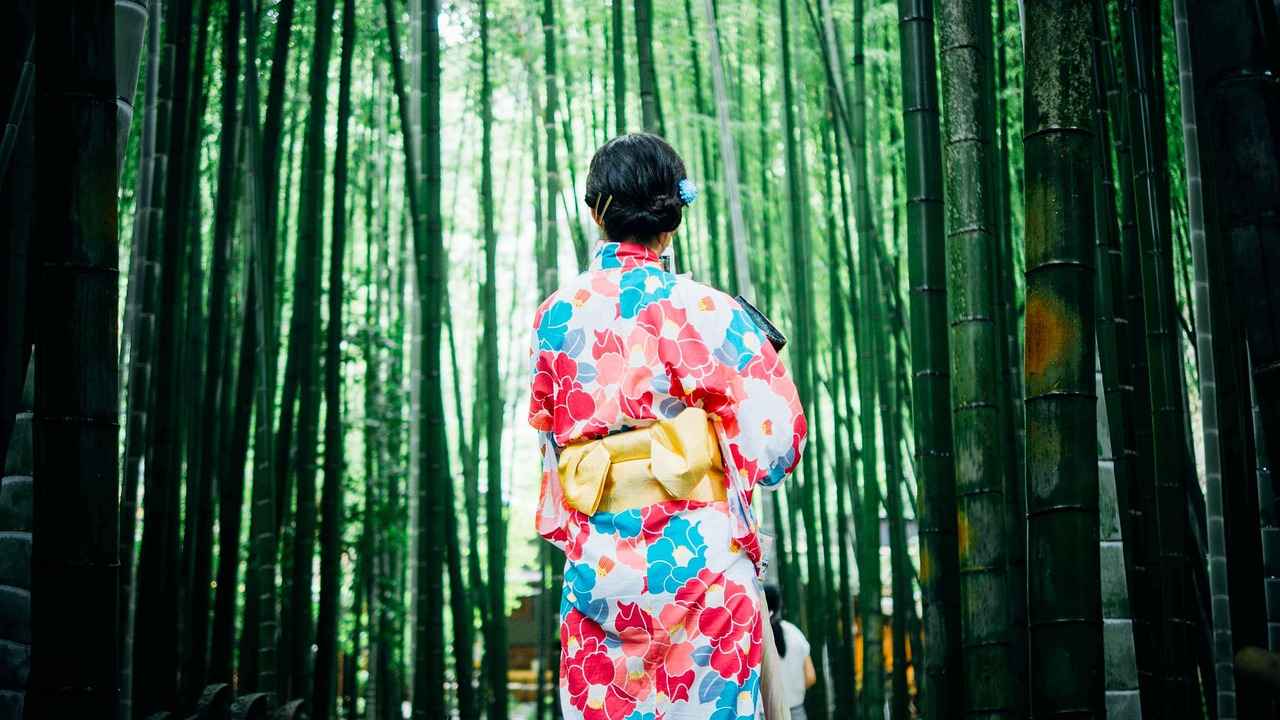
Caring for Your Kimono
Proper care is essential for maintaining the beauty and longevity of a kimono. This section provides a comprehensive guide to cleaning, storing, and preserving your kimono to ensure it remains in pristine condition for years to come.
The kimono, a symbol of Japanese culture, requires special attention to detail in its care. Here are some important aspects to consider:
- Cleaning Techniques: Kimonos should be cleaned with care to avoid damage. It is recommended to hand wash or use a professional dry cleaner experienced with delicate fabrics. Always check the garment label for specific cleaning instructions.
- Storing Your Kimono: Proper storage is crucial to prevent creasing and fading. Kimonos should be hung on padded hangers in a cool, dry place, away from direct sunlight. If folding is necessary, use acid-free tissue paper to prevent fabric damage.
- Preservation Tips: To maintain the vibrancy of colors and patterns, consider using storage bags made from breathable materials. Avoid plastic bags, as they can trap moisture and lead to mold growth.
Additionally, it is advisable to regularly check your kimono for any signs of wear or damage. Addressing issues promptly can prevent further deterioration. For example, repairing small tears or replacing worn-out obi can extend the life of your kimono.
In conclusion, with the right care and attention, your kimono can remain a cherished piece of your wardrobe for many years. By following these guidelines, you can ensure that this beautiful garment continues to reflect the rich traditions of Japanese culture.
Cleaning Techniques
Cleaning a kimono requires special care and attention to preserve its beauty and intricate designs. This traditional garment is often made from delicate fabrics, making it essential to follow the right cleaning techniques to keep it looking fresh and vibrant.
Here are some best practices for cleaning your kimono:
- Dry Cleaning: For most kimonos, especially those made from silk or other delicate materials, professional dry cleaning is recommended. This method helps to remove stains without damaging the fabric.
- Spot Cleaning: If there are minor stains, you can use a soft cloth and a gentle fabric cleaner to spot clean the affected area. Always test the cleaner on an inconspicuous area first to ensure it does not harm the fabric.
- Hand Washing: If your kimono is made from cotton or a more durable fabric, you may opt for hand washing. Use cold water and a mild detergent, gently agitating the water without scrubbing the fabric.
- Avoiding Harsh Chemicals: Never use bleach or harsh detergents, as these can cause irreversible damage. Stick to gentle, fabric-safe cleaners.
- Air Drying: After washing, hang your kimono to air dry in a shaded area. Avoid direct sunlight, as it can fade the colors and patterns.
- Ironing: If your kimono requires ironing, use a low heat setting and place a thin cloth between the iron and the fabric to prevent burns or shiny spots.
By following these , you can maintain the integrity and beauty of your kimono for years to come. Regular care not only keeps your kimono looking its best but also honors the rich cultural heritage it represents.
Storage Tips
Storing a kimono properly is crucial to prevent damage and ensure its longevity. Proper storage techniques not only preserve the fabric but also maintain the garment’s shape and appearance. Below are practical tips to help you fold and store your kimono safely.
- Choose the Right Storage Location: Select a cool, dry place away from direct sunlight. Exposure to light can fade colors and weaken the fabric over time.
- Use a Breathable Garment Bag: Instead of plastic, opt for a cotton or silk garment bag. These materials allow the kimono to breathe, reducing moisture buildup and preventing mold or mildew.
- Folding Techniques: When folding your kimono, lay it flat on a clean surface. Fold the sleeves inward and then bring the sides of the kimono together. Finally, fold it in half or thirds, depending on the length of the kimono. This method minimizes creases and helps maintain its shape.
- Avoid Heavy Weight: Do not place heavy items on top of your kimono, as this can cause permanent creases or damage the fabric.
- Regular Checks: Periodically inspect your stored kimono for any signs of pests or damage. Early detection can save your garment from irreversible harm.
- Use Acid-Free Tissue Paper: When storing, place acid-free tissue paper between the folds. This helps to absorb moisture and prevent creasing.
Conclusion: By following these simple yet effective storage tips, you can keep your kimono in pristine condition for years to come. Remember, the key to preserving this beautiful garment lies in proper care and attention to detail.
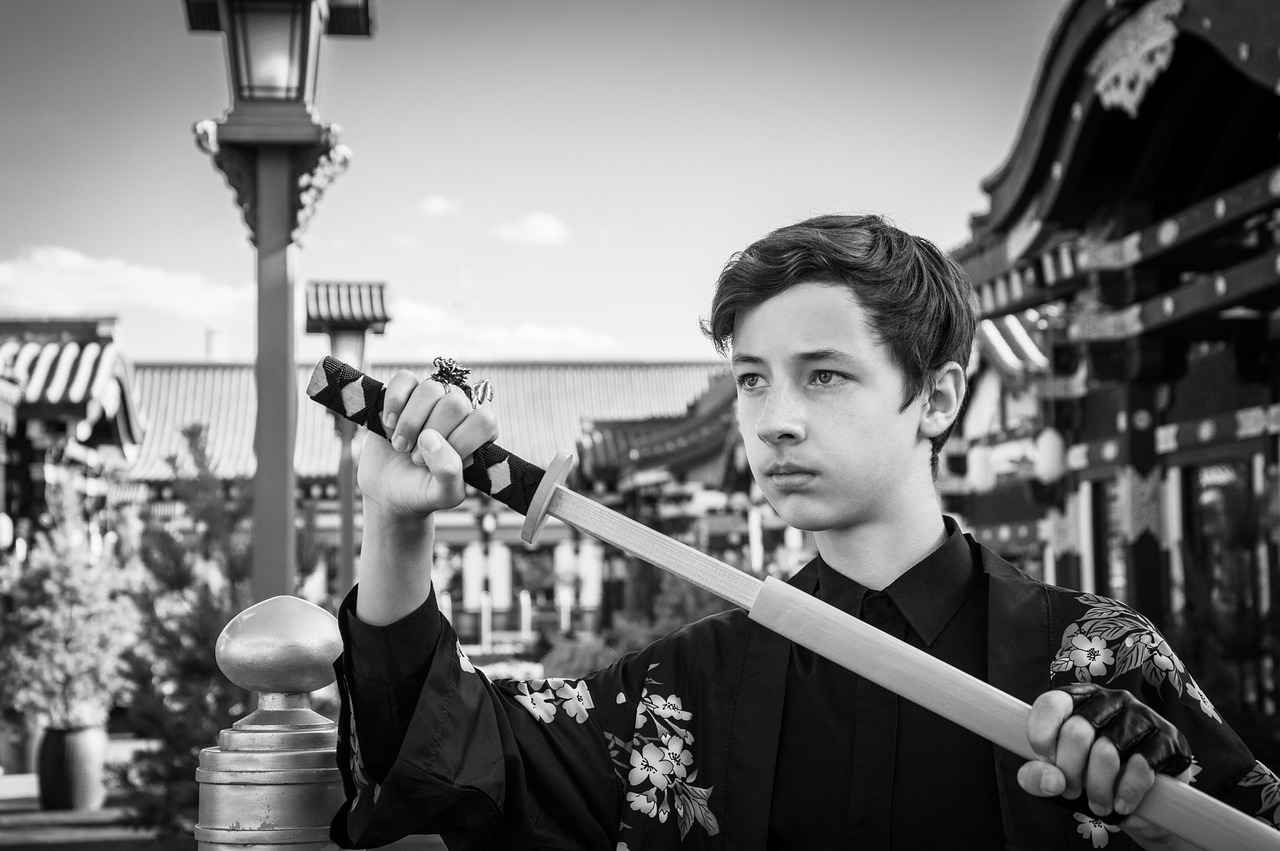
The Cultural Significance of Kimono
Kimonos are not just garments; they are a profound symbol of Japanese culture and heritage. This section delves into the multifaceted significance of kimonos, exploring their roles in traditional ceremonies, festive occasions, and everyday life. Understanding this cultural attire is essential for appreciating its deep-rooted meaning in Japan.
Historically, kimonos have been worn for centuries, evolving in style and significance. They are often associated with important life events such as weddings, where the bride typically dons a stunning furisode, characterized by its long sleeves and vibrant colors. This formal kimono signifies youth and unmarried status, marking a significant transition in a woman’s life.
During traditional ceremonies such as Shichi-Go-San (a rite of passage for children) and Coming of Age Day, kimonos serve as a visual representation of cultural values and familial pride. The intricate designs and colors often reflect the season and occasion, showcasing the wearer’s attention to detail and respect for tradition.
In addition to ceremonies, kimonos are prominently featured in festivals throughout Japan. Events like Hanami (cherry blossom viewing) and Obon (a festival honoring deceased ancestors) see many participants donning colorful kimonos, creating a vibrant tapestry of culture and community. These gatherings allow individuals to express their connection to their heritage while enjoying the beauty of nature and shared traditions.
Moreover, kimonos are also worn in everyday life, particularly during special occasions or family gatherings. The choice of kimono fabric, pattern, and style often reflects personal taste as well as the wearer’s social standing. Even in modern Japan, many women choose to wear kimonos for tea ceremonies or cultural events, signifying a blend of tradition and contemporary life.
In conclusion, kimonos hold a significant cultural place in Japan, representing not only the beauty of traditional craftsmanship but also the values and beliefs of Japanese society. As this timeless garment continues to be embraced in various forms, its importance in preserving cultural identity remains undeniable.
Kimono in Ceremonies
Kimonos are a striking representation of Japanese culture, and their significance extends beyond mere fashion. They are often worn during important life events, symbolizing tradition, respect, and cultural heritage. In this section, we will delve into the importance of kimonos in weddings, coming-of-age ceremonies, and other cultural celebrations.
During weddings, kimonos play a central role, particularly for the bride. The shiromuku, a pure white kimono, is traditionally worn, symbolizing purity and the start of a new life. The intricate designs and vibrant colors of the uchikake, a decorative outer kimono, are often showcased during the ceremony, reflecting the couple’s unique story and family heritage. The groom typically wears a montsuki, a formal black kimono, paired with a hakama, emphasizing the solemnity of the occasion.
Another significant event where kimonos are prominently featured is the coming-of-age ceremony, known as Seijin Shiki. This celebration marks the transition of young individuals into adulthood at the age of 20. Young women often don the furisode, characterized by its long sleeves and vibrant patterns, symbolizing youth and vitality. The colors and designs chosen often reflect personal style, family background, and aspirations for the future.
Beyond weddings and coming-of-age ceremonies, kimonos are also worn during various cultural celebrations, such as festivals and tea ceremonies. Each event has its own significance and appropriate kimono style, showcasing the versatility and depth of this traditional attire. For instance, during Hanami, the cherry blossom viewing festival, individuals often wear light-colored kimonos to celebrate the beauty of nature.
In conclusion, kimonos are not just garments; they are a vital part of Japanese cultural identity. Their presence in significant life events underscores their importance in celebrating milestones and preserving traditions. Understanding the role of kimonos in these ceremonies allows for a deeper appreciation of Japanese heritage and the stories woven into each piece.
Modern Adaptations
of the kimono are a fascinating reflection of how traditional clothing can evolve while still honoring its cultural roots. As fashion continues to change, designers are increasingly blending contemporary styles with the timeless elegance of the kimono. This section explores the various ways in which modern fashion is influencing kimono designs and styles.
One of the most notable trends is the incorporation of bold patterns and vibrant colors. While traditional kimonos often feature subtle hues and intricate floral patterns, modern adaptations are embracing a more eclectic approach. Designers are experimenting with graphic prints, abstract designs, and even pop culture motifs, making kimonos appealing to a younger audience.
Additionally, the silhouette of the kimono is undergoing transformation. Contemporary kimonos may feature shorter lengths or asymmetrical cuts, providing a more casual and versatile look. These adaptations allow wearers to pair kimonos with jeans or modern footwear, creating a fusion of styles that caters to daily wear.
Another significant change is the use of alternative fabrics. While silk remains a popular choice, modern kimonos are increasingly made from materials like cotton blends or even sustainable fabrics. This shift not only enhances comfort but also aligns with the growing demand for eco-friendly fashion.
Moreover, accessories play a crucial role in modern kimono styling. The traditional obi is being reimagined, with designers offering innovative styles and tying techniques that reflect current fashion trends. This evolution allows individuals to express their unique style while still honoring the kimono’s heritage.
In conclusion, the of the kimono illustrate the garment’s ability to remain relevant in today’s fashion landscape. By merging traditional elements with contemporary aesthetics, designers are ensuring that the kimono continues to be celebrated and worn by new generations, preserving its cultural significance while embracing innovation.
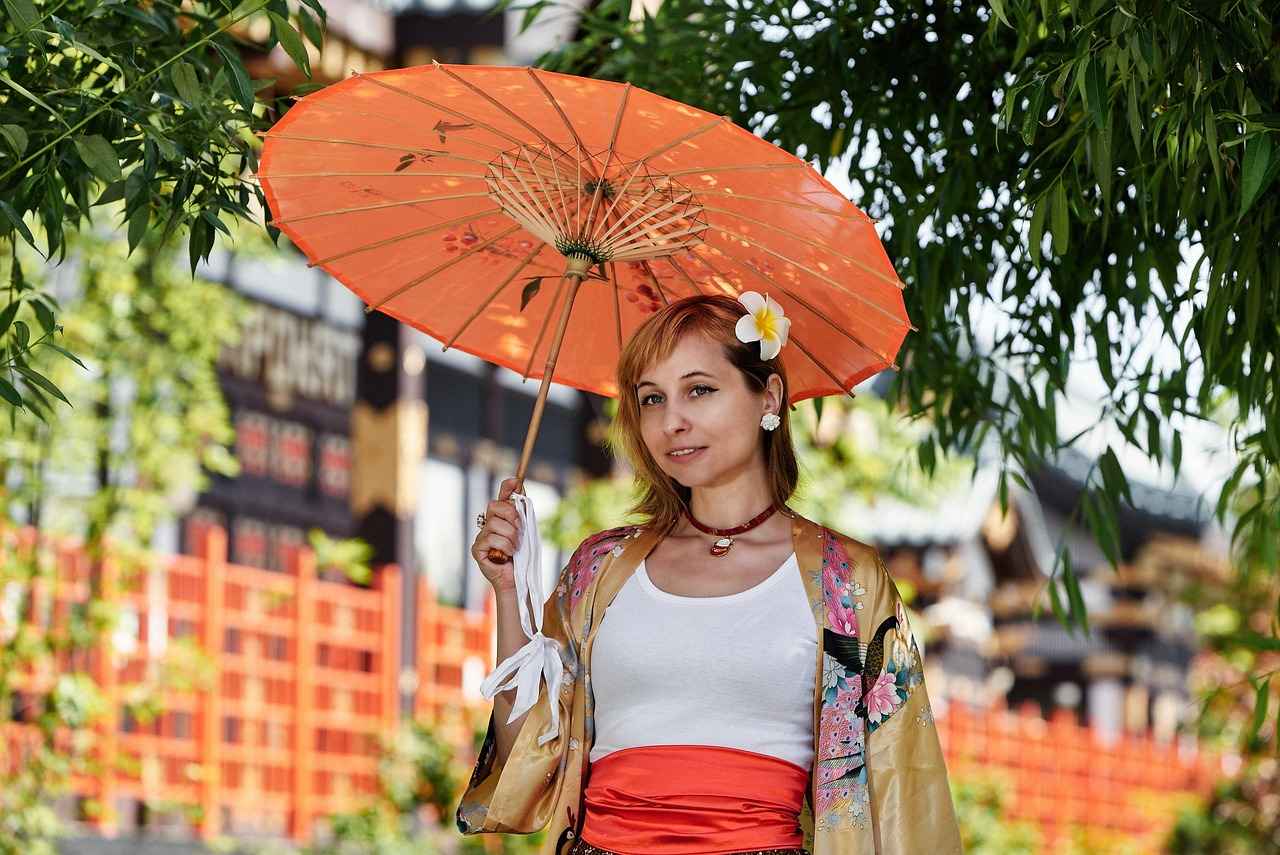
Conclusion: Embracing the Kimono Tradition
Wearing a kimono is not merely about donning a beautiful garment; it is a profound way to connect with Japanese culture and its rich history. The kimono, with its intricate designs and deep-rooted significance, serves as a bridge between the past and the present, allowing individuals to appreciate the artistry and tradition that it embodies.
To fully appreciate this timeless garment, one must understand its historical context and the various styles that exist. Each kimono tells a story, reflecting the wearer’s social status, age, and the occasion for which it is worn. For instance, the furisode is a vibrant symbol of youth and celebration, while the tomesode represents maturity and elegance. Recognizing these distinctions enhances the experience of wearing a kimono, making it a more meaningful endeavor.
Moreover, the proper way to wear a kimono is crucial. It involves a specific set of techniques that, when mastered, can significantly elevate the overall appearance and respect for the garment. Understanding how to choose the right fabrics, accessories, and even the correct way to tie the obi can transform the kimono-wearing experience into a celebration of tradition and personal expression.
In conclusion, embracing the kimono tradition is about more than just fashion; it is an appreciation of a cultural heritage that has stood the test of time. By learning about the history, styles, and proper wearing techniques, individuals can connect more deeply with the essence of Japan. Whether worn for special occasions or as a nod to tradition, the kimono remains a powerful symbol of beauty, grace, and cultural pride.
Frequently Asked Questions
- What is the significance of wearing a kimono?
The kimono is not just a piece of clothing; it’s a symbol of Japanese culture and heritage. Wearing a kimono connects you to centuries of tradition and artistry, making it a meaningful choice for special occasions.
- How do I choose the right type of kimono?
Choosing the right kimono depends on the occasion. For formal events, consider a Furisode for young women or a Tomesode for married women. Each type has unique designs and colors suited for different celebrations.
- What fabric should I choose for my kimono?
Silk is the traditional choice for its luxurious feel, while cotton is great for casual wear. Think about the season too! Lightweight fabrics are perfect for summer, while heavier ones keep you warm in winter.
- What accessories do I need to wear with a kimono?
Essential accessories include the obi (sash), obijime (cord), and haneri (collar). Each piece enhances your outfit, so choose ones that complement your kimono’s colors and style.
- How can I properly care for my kimono?
Cleaning and storing your kimono correctly is vital. Always follow special cleaning techniques, and when storing, fold it neatly to avoid creases and damage. Proper care ensures your kimono lasts for years!
